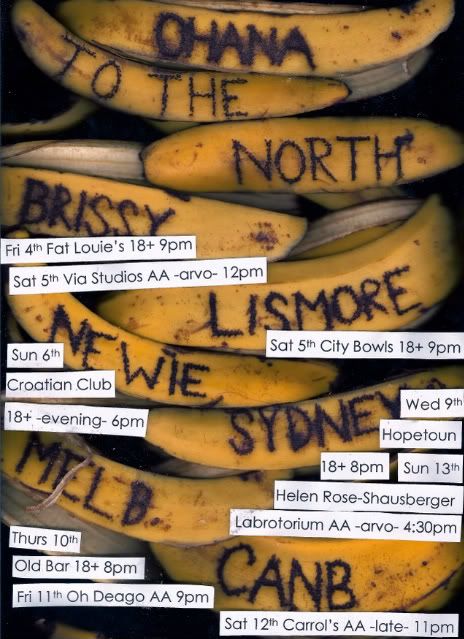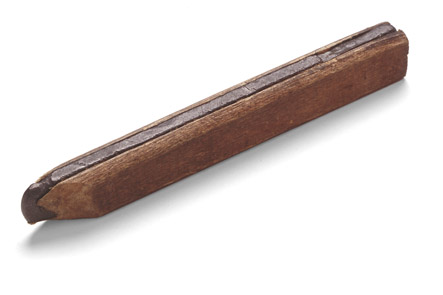Patrick Blanc lecture
 Vertical Garden Lecture with Patrick Blanc Patrick Blanc is a French-based artist and scientist. Renowned for having injected biodiversity back into built-up areas, the charismatic Blanc has installed Vertical Gardens across the globe- in hotels, restaurants, lounges, museums, showrooms and numerous other public buildings.
Vertical Garden Lecture with Patrick Blanc Patrick Blanc is a French-based artist and scientist. Renowned for having injected biodiversity back into built-up areas, the charismatic Blanc has installed Vertical Gardens across the globe- in hotels, restaurants, lounges, museums, showrooms and numerous other public buildings.I arrived about 20 minutes late to this sold out lecture due to yet another unlucky roll of the dice with Melbourne’s train system.
As I panted up to the back of the theatre one of the NDC staff told me I was “just in time”. Patrick Blanc was upon the stage and getting started, brown leather suit and all.
Blanc has been working on the concept of vertical gardens since his teenage years, now a super-botanist, he shows only enthusiasm for their more recent worldwide success. As he says, the concept is relatively simple, a formwork, a material for the plants to grow in, and a water system. It is the years of research into how to make a long lived and appealing vertical garden that make his work more impressive then others doing similar things. While he classifies himself as only a botanist, it became clear that while his knowledge of plants in wild environments was the inspiration for his work, the transference into the midst of the city requires a keen eye for composition of visual elements.
To a backdrop of shots of cliff faces in Thailand he informed us about the basis of his vertical gardens, the many reasons which made them such a natural and efficient design. He talked about the many varieties of plants in European gardens originally from China, which have been pre-selected by heavy cultivation in china where only land too steep to farm was left with it’s original plants. Many familiar plants, in similar ways, are actually ideally situated on sloping sites.
He mentioned how the size of seeds determines where a plant will grow on a sloping site, or on the floor of the rainforest, with larger seeds falling closer to ground level, while smaller seeds remain higher up. in this way he arranges the layout of plants in gardens based both on visual and physical qualities, enabling him to create complementary layouts for plants that would never grow side by side in the wild.
The ability to see one of his gardens at Melbourne Central made the lecture much more relevant, and the NDC and Melbourne Central should be commended on their efforts. Hopefully over the next five or so years we will see the growth of the garden and some kind of positive effect on the space it’s situated in.

The talk was very well received, with Blanc being an enthusiastic public speaker. Unfortunately his slides appear to have been pulled because he was running massively overtime, so he only had time to answer one or two questions before being hustled away and we never heard the end of the lecture.
FAct: A vertical garden requires between 1 and 3 litres of water per square metre per day.
link to 'the design files review' with many more pictures
Labels: melbourne design festival, MIDF, NDC, patrick blanc








